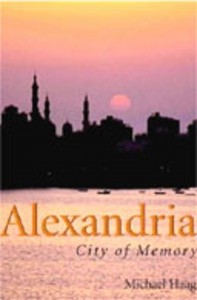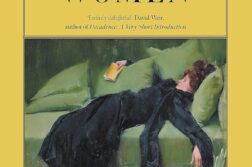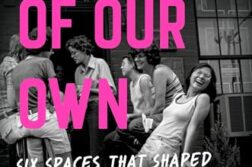Published in: January-February 2005 issue.
 Alexandria: City of Memory
Alexandria: City of Memory
by Michael Haag
Yale University Press. 367 pages, $35.
IT IS with considerable authority that Michael Haag offers his latest book, Alexandria: City of Memory. Haag has written several guides to Egypt, is the author and photographer of Alexandria Illustrated, and contributed both the afterword and the notes to the British edition of E. M. Forster’s Alexandria: A History and a Guide. This highly eclectic background—as historian, biographer, and guide—comes through winningly in Alexandria: City of Memory.







